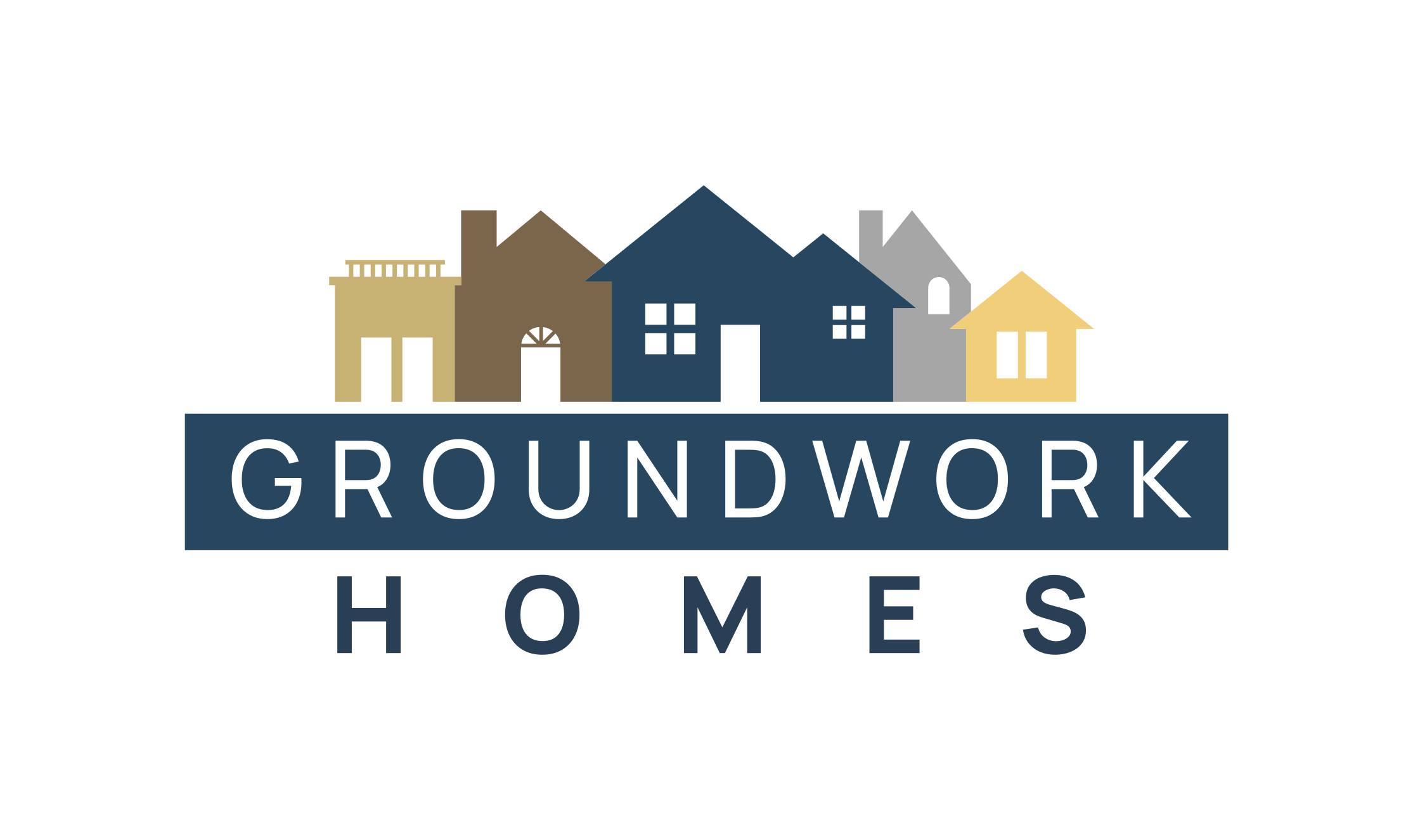Navigating the world of mortgages in the UK can feel like learning a new language. With terms like ‘fixed-rate,’ ‘variable-rate,’ ‘SVR,’ and ‘MIP,’ it’s easy to feel overwhelmed. However, understanding the basics of how mortgages work, particularly the difference between fixed and variable rates, is crucial for making the right financial decision for your home.
Let’s break down the jargon, compare your options, and give you key tips for improving your mortgage application.
Variable-Rate Mortgages: Flexibility (and Risk)
With a variable-rate mortgage, your interest rate can change. The amount you pay each month can go up or down based on a number of factors, primarily the Bank of England’s base rate.
There are a few types of variable rates:
- Standard Variable Rate (SVR): This is the default rate a lender charges after a fixed or tracker deal ends. Lenders can change their SVR at any time, often but not always in line with the Bank of England’s rate.
- Tracker Mortgages: These rates directly ‘track’ an external economic indicator, usually the Bank of England’s base rate, plus a set percentage. For example, if the base rate is 5% and your tracker is base rate + 1%, you’ll pay 6%. If the base rate changes, so does your payment.
- Discount Mortgages: These offer a discount off the lender’s SVR for a set period. So, if the SVR is 8% and you have a 2% discount, you pay 6%. If the SVR changes, your discounted rate also changes.
Pros:
- Benefit from Rate Falls: If interest rates drop, your monthly repayments will decrease, saving you money.
- Greater Flexibility: Variable-rate mortgages often come with lower or no Early Repayment Charges, making it easier to switch deals or overpay without penalty.
- Good if Rates are Expected to Fall: If economic forecasts suggest interest rates are on a downward trend, a variable rate could save you money.
Cons:
- Unpredictability: Your monthly payments can fluctuate, making budgeting difficult and potentially stretching your finances if rates rise.
- Risk of Rate Hikes: If interest rates climb, your repayments could become significantly more expensive.
- Less Peace of Mind: The uncertainty of fluctuating payments can be a source of stress for some homeowners.
Key Terms You Need to Know
- Mortgage in Principle (MIP) / Agreement in Principle (AIP): This is an initial estimate from a lender stating how much they might be willing to lend you. It’s not a formal offer, but it’s a great tool for demonstrating to sellers that you’re a serious and credible buyer. Most estate agents will ask for one before accepting your offer.
- Loan-to-Value (LTV): This is the percentage of the property’s value that you’re borrowing. For example, if a home costs £200,000 and you have a £20,000 deposit, you’re borrowing £180,000, so your LTV is 90%. Lower LTVs (meaning bigger deposits) often get you access to better interest rates.
- Arrangement Fee / Product Fee: This is a fee charged by the lender for setting up your mortgage. It can sometimes be added to the loan, but paying it upfront can save you interest over the mortgage term.
- Valuation Fee: A fee paid to the lender to have the property valued (for their purposes, not for your survey).
- Solicitor/Legal Fees: Costs associated with the conveyancing process (transferring property ownership).
Tips for Improving Your Mortgage Application
Whether you’re going for a fixed or variable rate, a strong application puts you in the best position to secure a good deal.
- Boost Your Credit Score: Lenders check your credit history meticulously.
- Register to Vote: This confirms your address.
- Pay Bills on Time: Credit cards, loans, utility bills – timely payments are crucial.
- Reduce Debt: Lowering credit card balances and other personal loans shows financial responsibility.
- Check Your Credit Report: Use services like Experian, Equifax, or TransUnion to check for errors and understand your score.
- Save a Bigger Deposit: The larger your deposit (lower LTV), the less risky you appear to lenders, and the better rates you’ll typically qualify for.
- Manage Your Spending: Lenders will scrutinise your bank statements. They’ll look at your income versus outgoings to assess affordability. Reduce unnecessary spending in the months leading up to your application.
- Minimise New Credit Applications: Avoid applying for new credit cards, personal loans, or phone contracts just before your mortgage application, as each application leaves a ‘footprint’ on your credit file.
- Get Your Paperwork in Order: Have payslips (3-6 months), bank statements (3-6 months), proof of deposit, P60 (from employer), and identification ready. If you’re self-employed, you’ll need tax returns (SA302s) and potentially company accounts.
- Seek Professional Advice: Mortgage brokers are invaluable. They have access to a wide range of deals (some not available directly to the public), can navigate complex criteria, and will help you find the best rate and product for your specific circumstances.
Choosing between a fixed and variable mortgage depends on your personal financial situation, your attitude to risk, and your outlook on future interest rates. By understanding the options and preparing your finances, you’ll be well-equipped to make an informed decision and secure the mortgage that’s right for your UK home.


3 Comments
This is exactly what i was looking for, thank you so much for these tutorials
It would be great to try this theme for my businesses
What a nice article. It keeps me reading more and more!